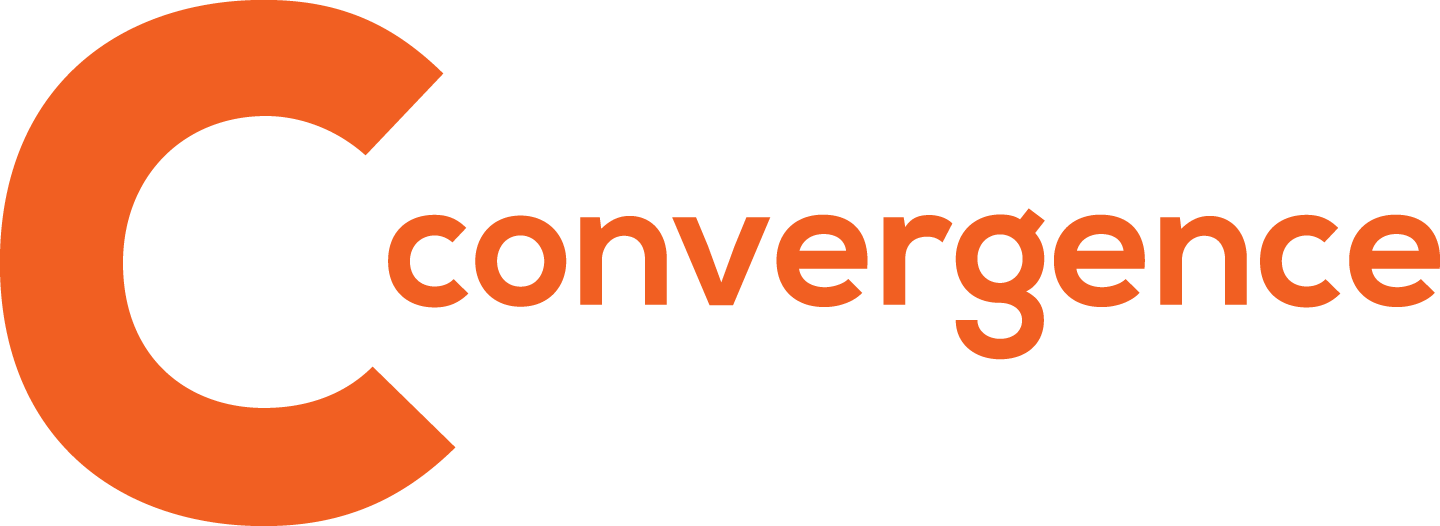There are synergies between how we design, build and manage assets which ultimately support the consistency of how information is delivered, and the requirements about how information is used during the operation.
Released now as the suite of standards supporting BIM, ISO 19650 and its links to other digital terms, such as Digital Twins and the Golden Thread, is crucial to the future of our industry and the way we deliver information and use that information well into operation.
Digital Twins are very much a new term for many in the construction industry, but across other industries the term has been used for some time. The beginning of the term Digital Twin was coined as far back as the 1990’s where work was undertaken at Yale University to develop and support something called ‘mirror worlds’ – or the relationship between the physical and digital worlds.
This is something we are supporting as part of the BIM agenda in the UK and globally where Digital Twins are very much the digital replica of the physical object, but with live data advising us on how it runs and operates. The problem is there is no clear link to the requirements around ISO 19650 and the opportunities for digital twins globally and often these two subject matters are discussed in isolation.
It is only now that we can enforce these principles of Digital Twins as we have the digital capability and knowledge to do so as well as a consistent framework to develop information around, ISO 19650. ISO 19650 now released as part 3 which supports the operational phase can ultimately support the way information is used and developed during the lifecycle of an asset. Having the technologies to do so requires an intelligent owner, but not only that, the asset management technologies must be in place to support smart buildings and data feeding into the digital replica/record or twin of the asset.
Having said this, having the structure, the authority and even secure arrangements around how we digitally link elements (not just buildings and infrastructure but any physical element) to each other requires a framework around it as well as guidance in place. This is why the requirements around the Gemini Principles to support the development of the National Digital Twin is an important part of the way we can implement ISO 19650, as well as the importance of the Golden Thread. ISO 19650 allows us to formulate clearly defined requirements around the operational phase of assets. Having these clearly defined information requirements in place, supports the concepts of the Digital Twin as well as the requirements around the National Digital Twin as outlined by the Centre for Digital Built Britain.


